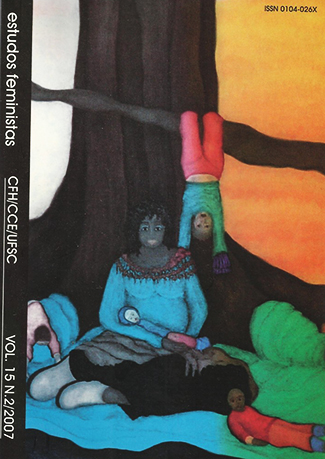The Material and Symbolic Value of Renaissance Lace
DOI:
https://doi.org/10.1590/S0104-026X2007000200013Abstract
The municipality of Camalaú, in the Paraiban Cariri, is known for its production of renaissance lace. This activity is of great economic importance in the region, evidenced by, among other things, the quantity of women who work in the lace production. Data from the Banco do Nordeste (Northeastern Bank) report four thousand women dedicated simultaneously to family farming and crafts. Because of factors such as lack of public policies for family farms, land tenure concentration and the worsening of conditions for the reproduction of agriculture in drought periods, craft production has increased in the region. Observation shows that men have a relevant participation in lace production, even though it is considered a women’s activity. This article examines craftwork as an income source, wrought with meanings from gender relations, emphasizing that the activity is of men and women whose daily activities link work, child socialization and play.Downloads
Downloads
Published
How to Cite
Issue
Section
License
Revista Estudos Feministas is under the Creative Commons International 4.0 Attribution License (CC BY 4.0), that allows sharing the work with recognition of authorship and initial publication in this journal.
The license allows:
Sharing (copying and redistributing the material in any support or format) and/or adapting (remixing, transforming, and creating from the material) for any purpose, even if commercial.
The licensor cannot revoke these rights provided the terms of the license are respected. The terms are the following:
Attribution – you should give the appropriate credit, provide a link to the license and indicate if changes were made. This can be done in several ways without suggesting that the licensor has approved of the use.
Without additional restrictions – You cannot apply legal terms or technological measures that prevent others from doing something allowed by the license.




